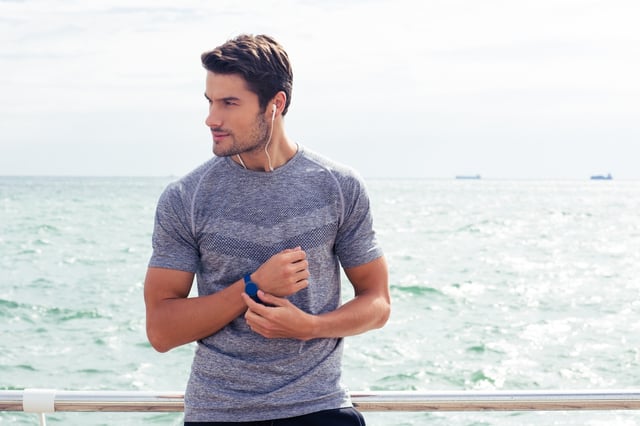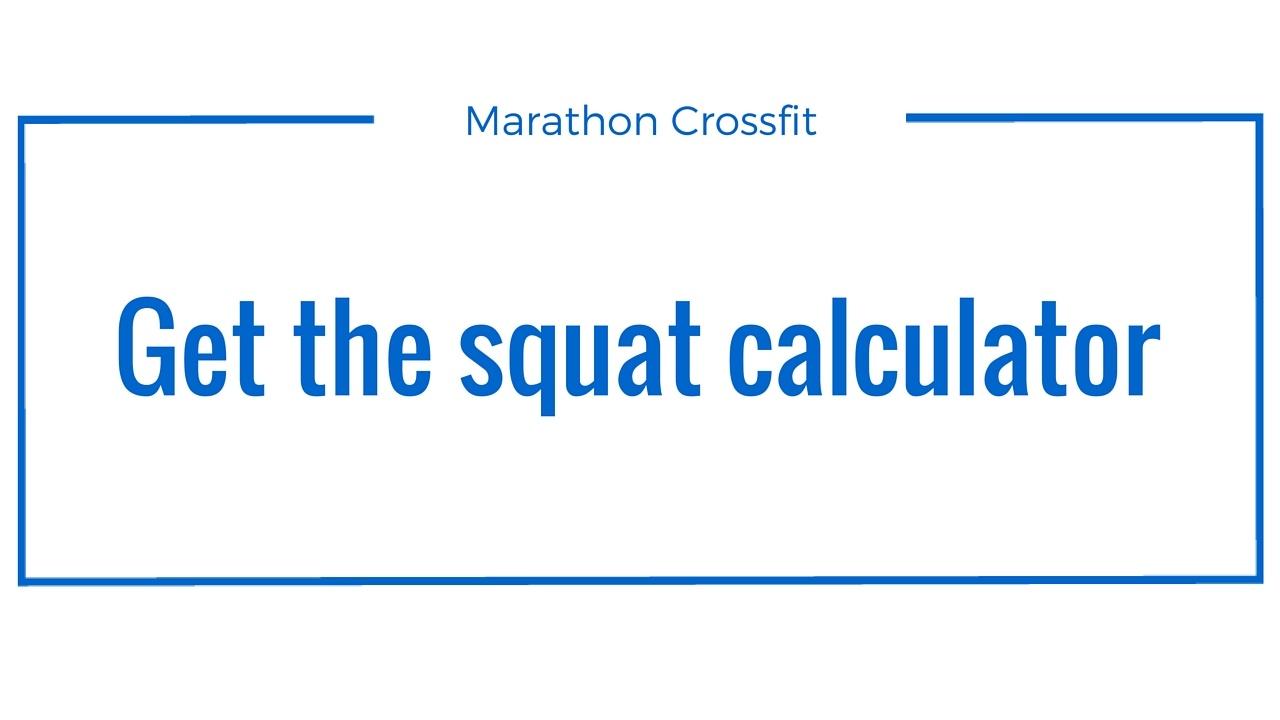
Eager to know about wearing the right suit for squatting?
SQUAT T-SHIRT
The two types of powerlifting are raw, in which lifters are permitted to wear a weightlifting belt, wrist wraps and knee sleeves, and geared or equipped powerlifting, which permits the use of special powerlifting assistance clothing. In the case of the squat, this means a squat suit.
The two types of powerlifting are raw, in which lifters are permitted to wear a weightlifting belt, wrist wraps and knee sleeves, and geared or equipped powerlifting, which permits the use of special powerlifting assistance clothing. In the case of the squat, this means a squat suit.

One of the core powerlifting exercises, the squat forces you to support a hefty barbell across your shoulders, lower your hips into a deep squat position and then stand back up. Squats build bigger thighs and leg strength while also taxing the entire body, resulting in stronger bones, tendons and muscles. Squatting heavy weights can be so strenuous, powerlifters often resort to wearing a special uniform called a squat suit.
Professional powerlifters often compete using supportive equipment. Supportive equipment, such as a squat suit, is generally known to improve the performance of lifters trained to use them. But science has no real data on how supportive equipment improves performance - until now.
Benefits
Squat suits are made from very tight material. When you squat a heavy weight without a suit, you'll find that you have to work hard to stop yourself from descending very quickly, then exert maximum force once you reach the bottom position to push yourself out of the hole. The tightness of a squat suit provides resistance on the way down, then gives you an extra boost at the bottom due to the increased tension. You can squat heavier when wearing a suit, so much so that a suit has the potential to double your best raw lift, according to record-holding powerlifter and ACSM trainer Jared Skinner.
Technique
Raw squatting and equipped squatting are two entirely different animals. Equipped squatters adopt a much wider stance than raw lifters, to reduce the range of motion. You also need to sit back a lot more so that your shins remain vertical throughout the movement, advises strength coach and powerlifter Andy Bolton. You'll find your first few sessions using a squat suit extremely challenging and suits are so tight that you may even struggle to squat to proper depth.
Competitions
In powerlifting competitions, you either have to do the whole meet equipped or unequipped. This means that if you want to squat wearing a suit, you must also compete in the deadlift while wearing a deadlift suit and wear a special bench shirt for bench presses. Equipped lifters compete against equipped and raw compete against raw -- there's no crossover. The International Powerlifting Federation issues an approved list of squat suits for competitions every year.
Considerations
The decision on whether to squat with a suit or stay raw is entirely up to you. Aim to compete for at least a year before switching to equipped lifting though to give yourself enough time to build a base level of strength. Don't make the switch from raw to geared lifting on your own -- seek assistance from experienced equipped lifters and take your time learning the new technique before venturing into competitions.
Squat suits need to be extremely tight, even uncomfortably so. Wearing a squat suit will often lead to bruising around the hips and thighs. No bruising may actually mean the suit isn’t tight enough. Squat suits will affect your form. New squat suit users often unconsciously slow their rate of descent or start leaning forward rather than squatting down, hindering their lifts. Because of this required adjustment, get comfortable wearing your squat suit in training before donning it for competition.
Style
A squat suit resembles a wrestler’s singlet and consists of only one piece. The squat suit has short legs that extend to the lower thighs and thin straps looping over the shoulders. The straps leave the arms and most of the upper chest completely uncovered and focus compression on the hips and lower body. Some squat suits use a latching system similar to Velcro to secure the shoulder straps, making it easier to achieve a snug fit.
Function
Powerlifters wear squat suits to receive additional support when lifting extremely heavy weights. The suit acts to compress the body and keep the hips in proper alignment. Because of their uncomfortably tight fit, powerlifters only wear squat suits during the final days leading up to the competition. During the competition itself, using squat suit assists in moving maximum weight. Powerlifters estimate a squat suit can add upward of 50 lbs. to any lift. Suits can be so beneficial that weightlifting records designate whether the athlete performed the lift with a suit or raw, meaning without the aid of a suit.
Features
Manufacturers construct squat suits from a variety of compression materials, all designed to deliver the tightest fit possible. Many suits feature double and triple-ply material with sturdy seams to craft an internal harness system for optimal support. Squat suits should be rigid and firm against the body.
WARNING
Always check your squat suit for any rips, tears or structural flaws before lifting with it. The intense stress involved in squatting several hundred pounds can cause damaged squat suits to blow out, resulting in a sudden loss of support. Losing suit rigidity during a lift can throw you off balance or compromise mental focus, leading to injury.
Further reading
- Are you sure about wearing the right shoes for squatting
- Bench press or squat first
- Bench press in a squat rack
- Better breathing makes your squat stronger
- Breathing Squat
- Can kettlebells swings replace squats
- Can you squat and deadlift on the same day
- Challenge, Sore
toda , Strong tomorrow - Confidential: Get rid of the machines and hire the squat
- Detailed Smolov squat routine review
- How to perform a back squat for
crossfit for beginners - How years of quality cossack squats easily help your fitness
- Overcome these sins of the squat
- Squat: How many reps
- Squat: How to improve
- Squat: When to inhale and exhale
- Squat without pads
- Squat Calculator [Free Downloads]
- The Truth squat or lunges?
- Ultimate 30 day squat challenge that
tighten and tone 
